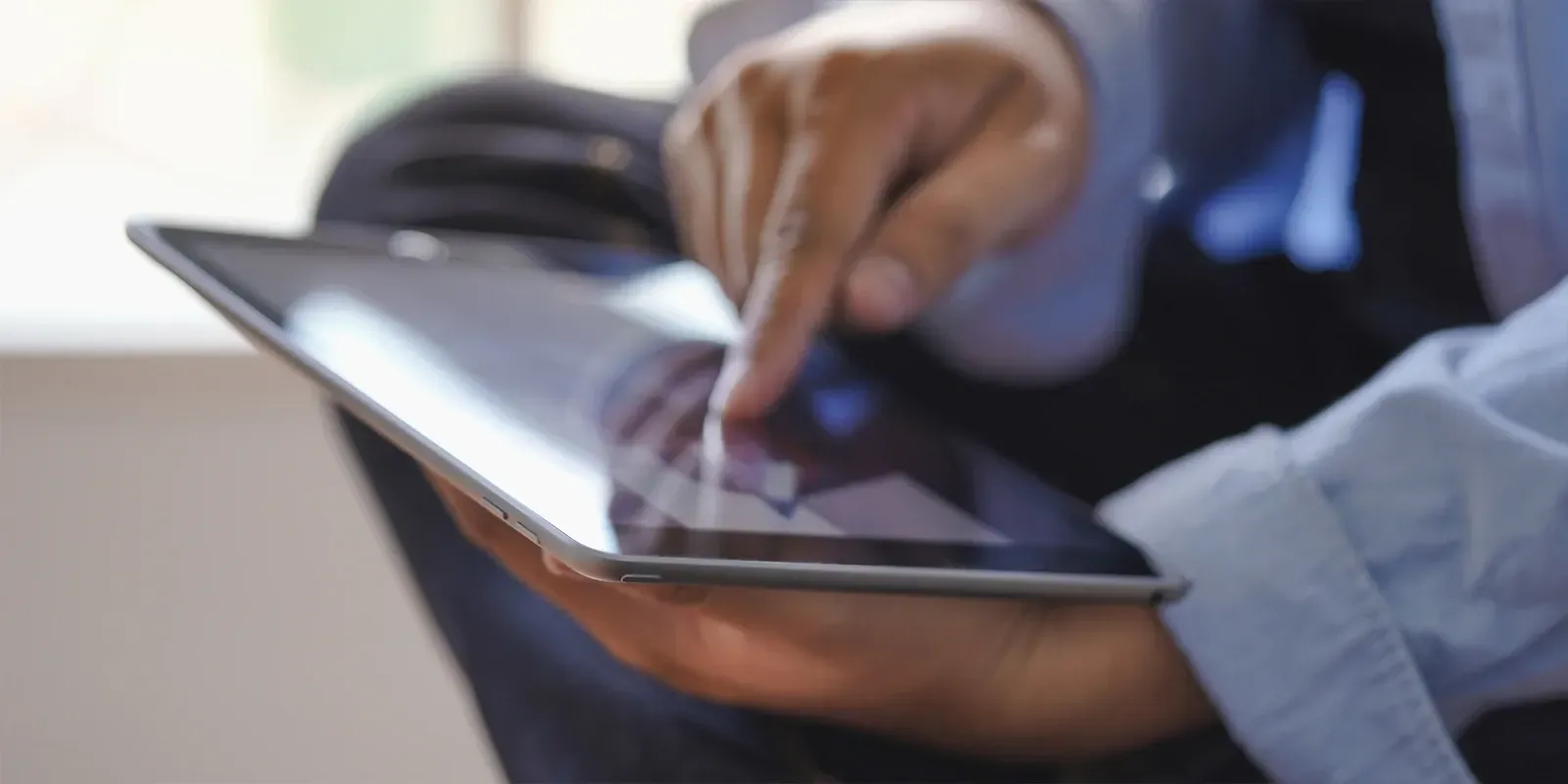Digital Solutions for Curbside Pick-Up, Delivery & More
erin • April 27, 2020
The way brands cultivate and maintain business has changed dramatically since the outbreak of COVID-19, and if you’re among those seeking vital solutions to keep your doors open and customers satisfied, you’re not alone.
In-person interactions with clients are limited at best for the foreseeable future, which means brands must rely on new methods to connect consumers with their products or services. Businesses of all sizes have turned to delivery, curbside pick-up, and other digital solutions to stay afloat.

Brands across every industry should note that these solutions aren’t necessarily temporary. COVID-19 has irrevocably changed the way consumers think about health, safety and their relationship to commerce. Savvy small businesses will look to expanded delivery and pickup options as necessary, permanent additions to their operations, not emergency measures.
As such, we’ve outlined a few of our favorite delivery apps, curbside pick-up solutions and other resources:
Curbside Pick-Up Solutions
Glympse:
Flexible for both brands and consumers, Glympse is designed to ease the sudden adaptational burden placed upon brick-and-mortar stores and restaurants now pivoting to curbside pick-up. Customers place an online order via the free Glympse app and receive a notification when their order is nearly ready. A geofence trigger alerts the local retailer’s staff when the customer is about to arrive, allowing for a no-wait curbside delivery experience. On the consumer end, Glympse heavily emphasizes ease-of-use, while brands can enjoy heightened communication with their customers via live ETAs, in-platform messaging, multi-channel notifications, feedback capture and share, and a variety of other features.
Radius Networks:
With Radius Networks, every part of the curbside pick-up experience is automated. Their solution works essentially the same as Glympse or SWIPEBY: Customers place orders online and businesses are automatically notified when a customer arrives for pick-up, eliminating wait time for both parties. One of Radius Networks’ unique facets, though, is their third-party delivery service integration and the breadth of the solution’s use across industries; Radius Networks’ curbside pick-up service can be easily applied to grocery stores, pharmacies, restaurants, retail outlets and convenience stores alike.
SWIPEBY:
Best suited for restaurants and other food businesses, SWIPEBY offers customers a convenient, minimal-contact solution for online orders and curbside pick-up. Customers can pay via credit card from their mobile device on the free SWIPEBY app and receive their order without ever leaving their car — businesses receive automatic notifications when the customer has arrived for pick-up and can deliver direct to their vehicle. With an express onboarding option, restaurants can start using the service within 24 hours of signing up.
It should be noted that SWIPEBY has taken steps to alleviate the financial burden on small businesses in response to the coronavirus pandemic. Typically, retailers would pay a one-time activation fee of $449 to begin using the platform, but for a limited time, SWIPEBY has waived all signup fees and reduced service fees down to merchant fees only. The platform has also waived all start-up fees for small businesses and restaurants during this time.
Delivery Apps
DoorDash:
A third-party provider servicing over 300,000 restaurants across 4,000 U.S. and Canadian cities, DoorDash is no stranger to the delivery game. Participating restaurants can deliver take-out orders to addresses within a 25-mile radius of their brick-and-mortar via DoorDash delivery drivers, a.k.a. “Dashers.”
DoorDash typically takes a 25-30% commission on the total order value of each delivery, but during the COVID-19 outbreak, the platform is temporarily reducing or waiving its commission fees. DoorDash also has an in-app feature enabling requests for food to be left at the customer’s door, including the option for customers to upload a photo of where the food should be left.
Grubhub:
One of the first third-party restaurant delivery apps to enter the space, Grubhub has since grown to become perhaps the most popular and widely recognized solution in the marketplace. The platform reports that participating restaurants see their monthly take-out revenue increase up to sixfold compared to that of non-Grubhub restaurants.
Grubhub has no up-front costs to partners and, while the platform usually generates revenue via commission fees, the COVID-19 crisis has pushed Grubhub to temporarily suspend collection of up to $100 million in commission payments from impacted independent restaurants.
Instacart:
Supermarkets and other grocers can expand their service capacity via Instacart’s same-day delivery services. With Instacart’s partner program, supermarkets and other retailers can list their products in Instacart’s online marketplace, allowing customers to shop on Instacart’s free app for products otherwise only available in-person, like produce and deli products.
During the coronavirus outbreak, Instacart is offering a no-contact delivery feature, giving their customers the option to have their order delivered to their front door without face-to-face interaction.
Postmates:
Another hugely popular third-party delivery service, Postmates delivers food, groceries and alcohol to customers from more than 600,000 retailers and grocers, often completing deliveries inside of one hour. Postmates is especially worthwhile for smaller restaurants, as its mobile platform supports full menus with photo integration and online ordering in addition to its local search functionality for customers seeking nearby businesses.
Like DoorDash and Instacart, Postmates is offering no-contact delivery
throughout the coronavirus outbreak. The Postmates “fleet” driver will be notified of the customer’s preference at the time of delivery.
UberEats:
The food delivery arm of on-demand ride-hailing giant Uber, UberEats partners with nationwide chains and small restaurants alike to provide clients with an effortless ordering experience. Upon placing an order, customers are given an estimated delivery time and the ability to track their order on an in-app map, including the name and photo of their delivery driver.
During the COVID-19 outbreak, UberEats has unveiled a suite of efforts to make delivery services easier on independent restaurants
, including waived delivery fees for customers ordering from independent restaurants, a new payment option that allows restaurants to receive daily payouts rather than waiting for the typical billing cycle, and the ability to request no-contact doorstep delivery.
No-Commission Online Ordering Systems
ChowNow:
A worthwhile investment for restaurants looking to implement quickly, especially for brands with multiple locations, ChowNow allows customers to place orders directly from your website, social media profiles, and custom-built food ordering apps. It integrates with Google My Business, even if your listing is not claimed, and plays nice with most POS systems.
In light of the COVID-19 outbreak, ChowNow has recently partnered with Instagram
to create an “Order Now” button and story sticker that will allow Instagram users to order and pay for food directly from Instagram. Restaurants must be ChowNow clients to participate; monthly fees cost restaurants $99 to $149.
GloriaFood:
One of the first applications to provide online ordering services for free, GloriaFood allows restaurants to accept orders for pickup and/or delivery through the restaurant’s website and Facebook page. This does not include online credit card payments, which is considered an additional service for $29 per month.
During the COVID-19 pandemic, GloriaFood is highlighting their no-contact delivery and minimum exposure pick-up options, cashless payment system, and client receipt template which allows for the inclusion of the names and body temperatures of both the cook and delivery person
on a customer’s order.
Share This Post





